Renault India – Past Glory, Future Momentum
Once a rising star in India’s burgeoning SUV and compact car segments, Renault India has navigated a challenging few years. With a shrinking market share and an aging product portfolio, the French automaker appears ready to reignite its presence. Through refreshed flagships, electrified offerings, and bold strategic shifts, Renault India is gearing up to regain momentum and reestablish its presence in the world’s third-largest auto market.
A Glance Back: Triumphs & Challenges
Renault India debuted with strong momentum: the Duster quickly captured hearts in the mid-size SUV segment, while the Kwid redefined affordability for modern compact cars. The Triber and Kiger soon followed, adding versatile, value-driven options to its line-up.
However, over time, the absence of timely refreshes caught up with the brand. Sales steadily declined: from 79,000 vehicles in FY23, down to just 38,000 units by March 2025. Notably, potential rural consumers were reached through creative programs like “Gramin Mahotsav” and mobile services, but that alone couldn’t reverse the slide.
Revamping Through Design and Strategy
In 2025, Renault India unveiled a bold blueprint:
- An all-India Design Centre in Chennai—its largest outside France—will empower Indian engineers to craft next-gen models tailored for local tastes and global markets.
- A $600 million investment is being invested into revamping India operations and reaping the benefits of its Chennai assembly plant—now fully owned—so as to ramp up production and exports.
The target is clear: regain market share—currently under 1%—back to at least 3% within three years and reach a robust 5% by 2030.
More SUVs, More Value: Upcoming Launches
The heart of Renault’s strategy lies in fresh models:
- A facelifted Triber MPV (2025) launched from ₹6.29 lakh, with new features like LED lighting, a refreshed cabin, and safety additions.
- The facelifted Kiger is scheduled for August 24, 2025, with upgraded features, interior refreshes, and powertrain options.
- Over the next two years, expect four new models—including the return of the Duster (now locally manufactured), a B+ SUV, and a small electric vehicle.
One such SUV is the B+ SUV, slotting between Kiger and the upcoming Duster. Priced in ₹9–17 lakh range, it targets volumes and style-conscious buyers.
All together, five new models by 2027 are part of the alliance-led revival plan.
Electric & Hybrid Aspirations
Renault India is shifting toward a multi-fuel strategy:
- A compact electric vehicle, likely based on the Kwid EV, is expected by 2026. It’s projected to offer 300–350 km of range with high localization.
- Hybrids for Duster and Bigster are under evaluation—but EVs enjoy a tax advantage of just 5% in India, compared to 28–43% for hybrids.
These moves reflect a broader global focus on electrification and sustainable mobility.
Scaling Up Production & Exporting
India is repositioning within the Renault–Nissan Alliance as a cost-efficient global hub:
- With full ownership of its Chennai plant, Renault India aims to improve capacity utilization (currently near 50%) to over 80–100%—supported by new launches and ramped-up exports.
- The company is exporting Kwid, Triber, and Kiger to SAARC, South Africa, and East Africa.
Notably, India climbed from the 13th to the 12th largest market for Renault globally—yet still lags behind its potential.
Addressing Challenges and Leveraging Strengths
Renault India must navigate several hurdles:
- Market share decline amid aging portfolio and intensifying competition from Maruti, Hyundai, Tata, and Kia.
- Reviving consumer interest in core segments with refreshed value offerings.
However, there are clear advantages:
- A strong rural and semi-urban distribution model—about 38% of its sales now come from these areas.
- An agile product ladder transitioning from A-segment compacts to B+, C, and SUV segments to widen revenue streams.
- A design and R&D footprint growing in Chennai with emerging global capabilities.
Market Realities & Road Ahead
Annual targets are ambitious. Renault sold roughly 38,000 vehicles in FY25. To hit 500,000 yearly sales by 2030 will demand flawless execution across new models, electrification, and marketing.
India’s projected passenger vehicle market could double—from 4.3 million to 10 million vehicles—by 2030. If Renault captures even 5%, its assembly plant could achieve full utilization.
Final Snapshot – From Legacy to Lead
Renault India stands at a critical junction—looking to turn past success into future growth. With refreshed bestsellers, new SVUs, electric launches, and a bold micro-market strategy, the company is poised for a comeback.
Whether it’s reclaiming MUV dominance with Triber, re-entering midsize SUVs with Bigster and Duster, or going electric, Renault’s future in India is firmly in focus. If executed well, the brand could regain its lost ground—and then some.

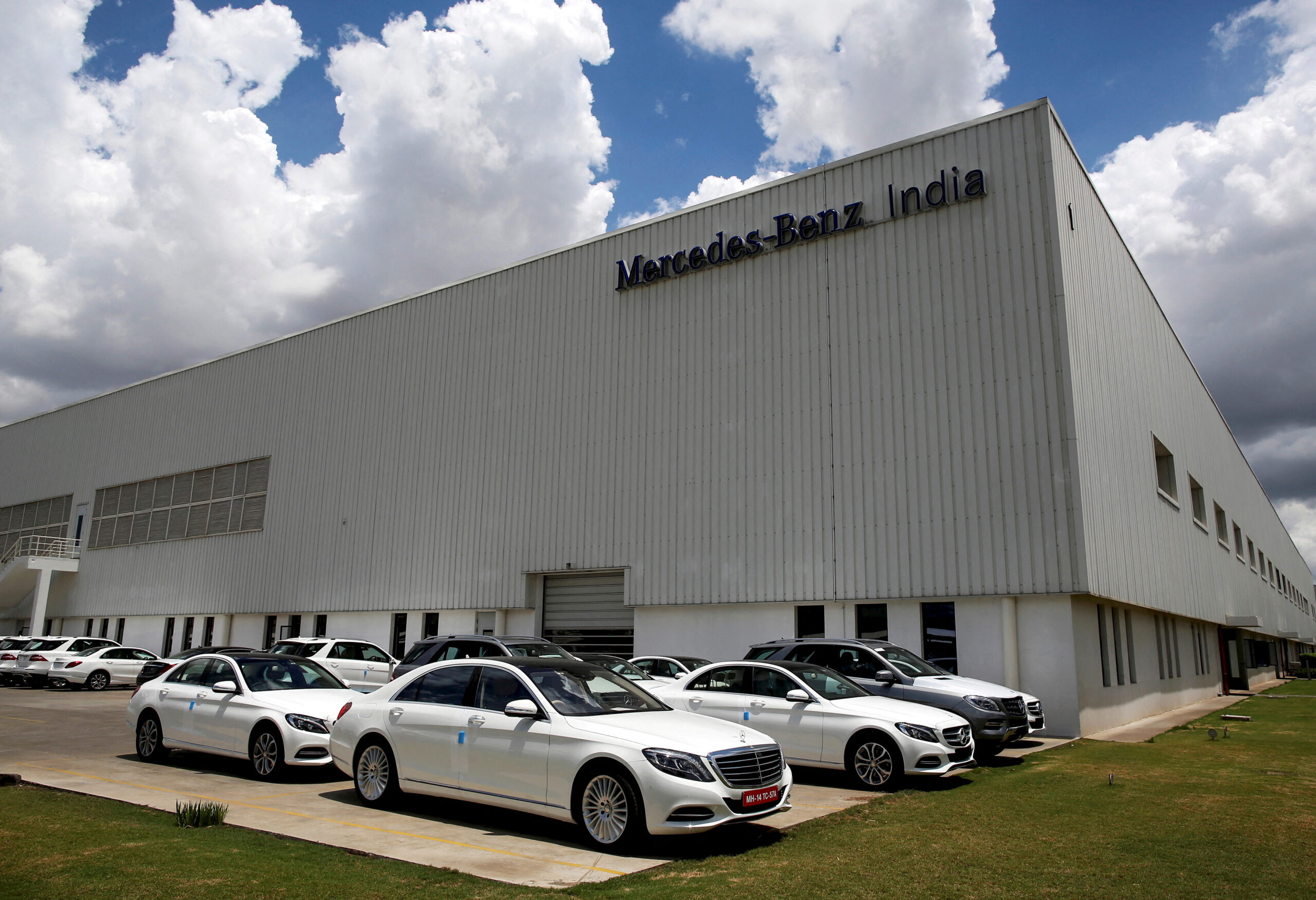
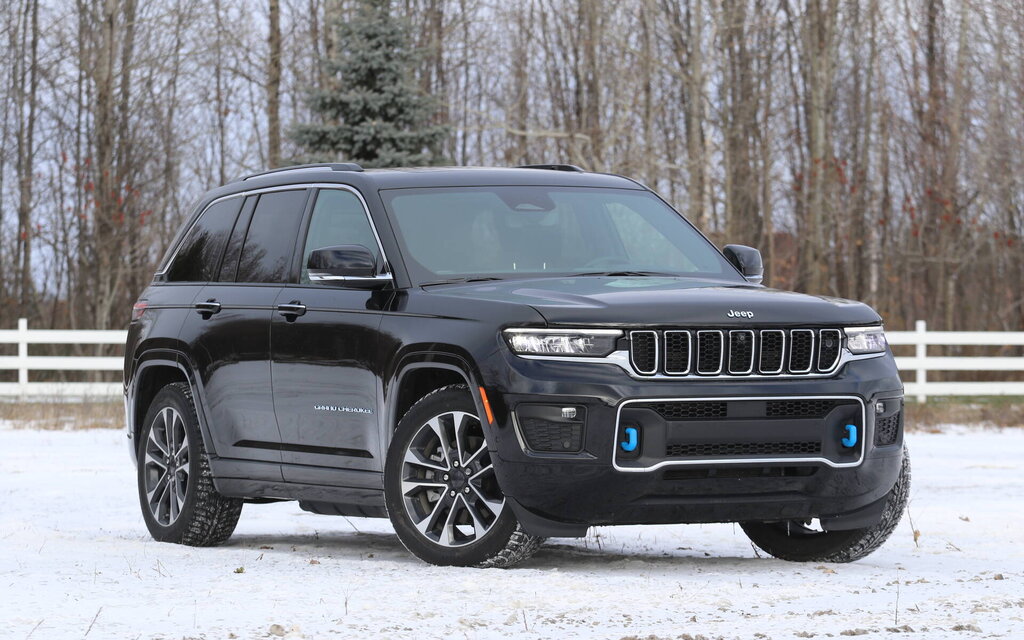
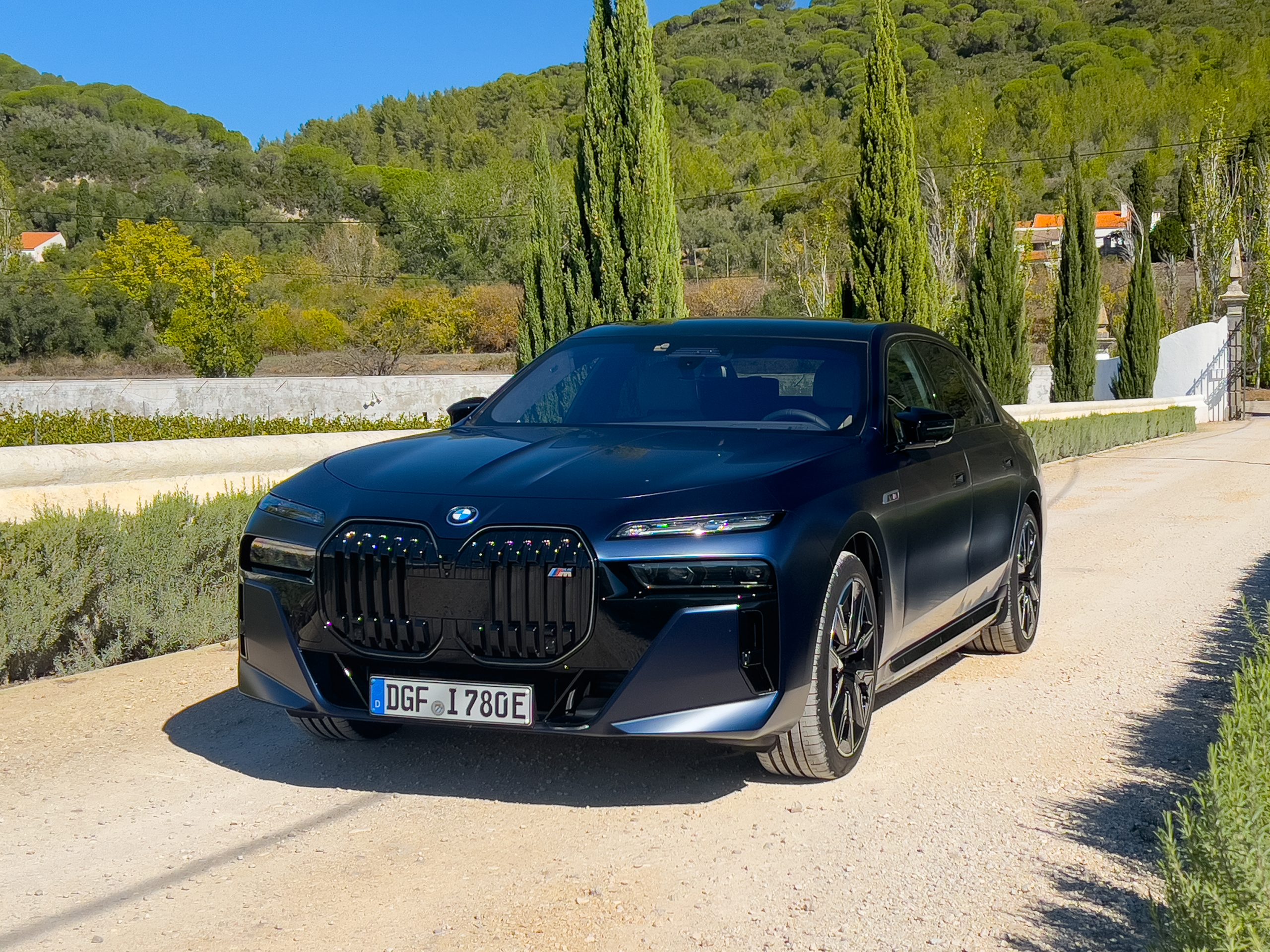
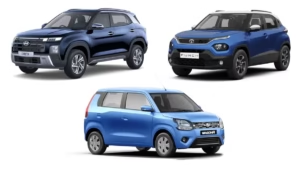

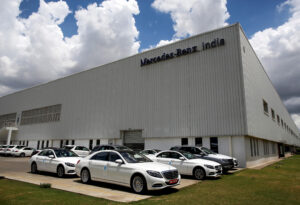
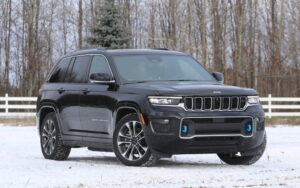
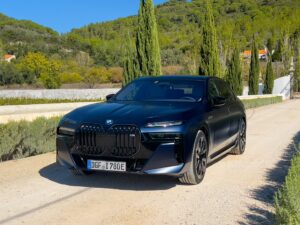
Post Comment